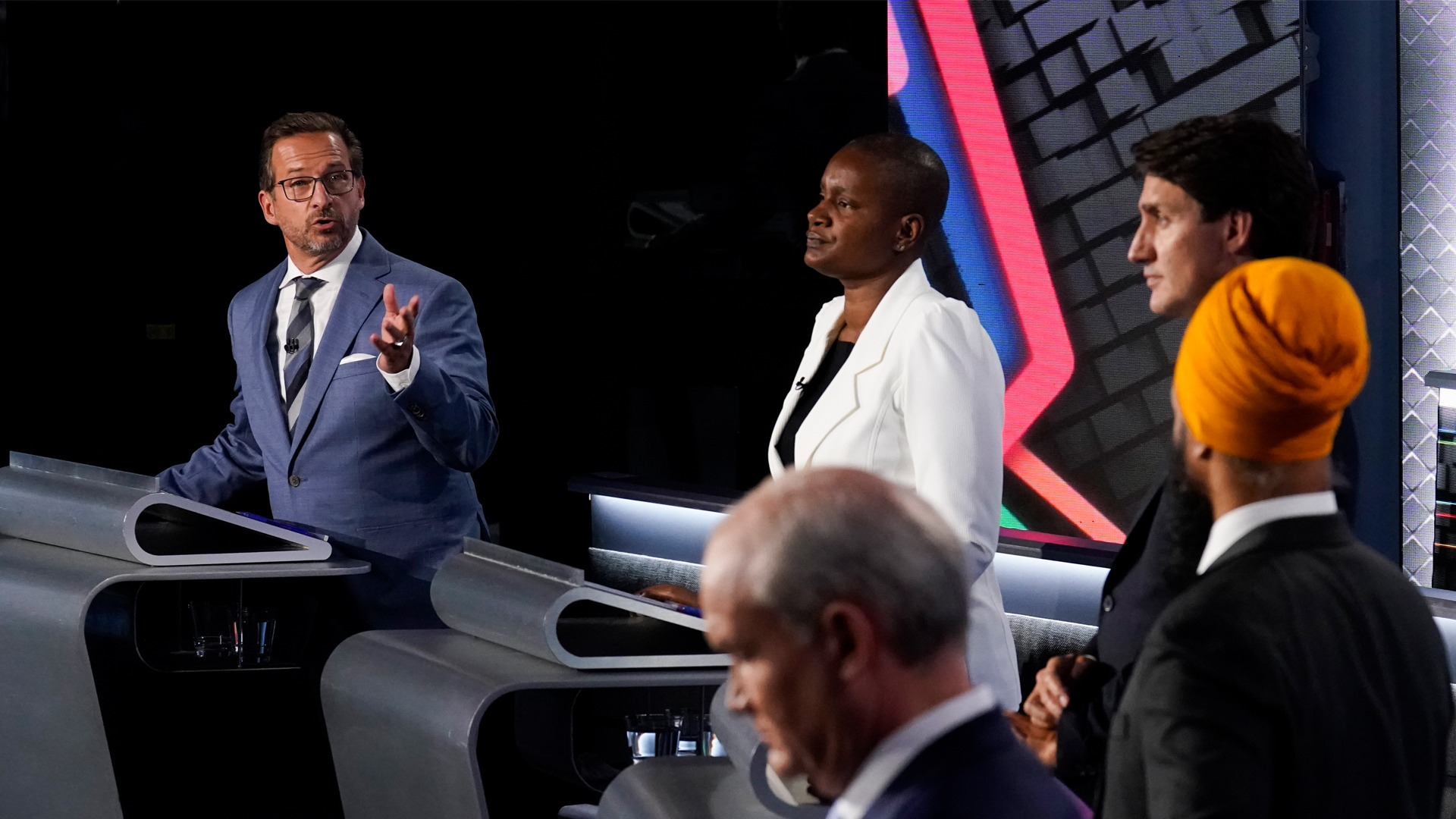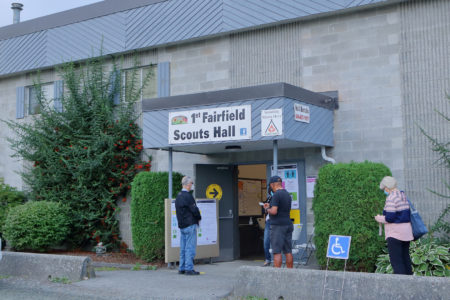
People who lost their jobs at the outset of the COVID-19 pandemic found a lifeline in the Canada Emergency Response Benefit (CERB). However, those who didn’t qualify for CERB – mostly people living in deep poverty – found themselves with little to no additional support in a time of crisis. Eighteen months into the pandemic, ensuring that people living in poverty can live with dignity is still not a government priority. As the federal election looms, it’s important to ask whether parties are making enough commitments to reduce the depth of poverty in Canada.
While targeted income support programs have contributed to a sizeable reduction in child and old-age poverty, poverty rates among working-age singles – both unattached singles and single parents – remain significantly higher than the national average. Figure 1 shows 32.9 per cent of working-age unattached singles were living in poverty in 2019, which is more than triple the national average for all Canadians and almost seven times the proportion of seniors. In fact, working-age unattached singles make up more than one-third of all people living in poverty in Canada – 1.3 million people. Canadians with disabilities are also underserved and continue to experience high poverty rates – about 35 per cent higher than the national rate in 2019
Given the significant difference in poverty rates faced by these different groups, it’s important to assess election commitments in terms of how best they would address the various problems.
Enhancing the Canada Workers Benefit (CWB)
The CWB is a refundable tax credit created to provide support to low-income adults who have at least some employment income. It is one of three federal income support programs to which working-age adults have access, along with the GST/HST tax credit and the climate action incentive
In its platform, the Liberal Party promises to expand eligibility and access to the CWB. The changes were already announced in the 2021 federal budget. The Liberals propose increasing the number of singles and families that could be eligible for the CWB, as seen in figure 2. By increasing the income level at which the CWB starts to be phased out, the Liberal proposal means that individuals and families with more moderate incomes could also qualify.
Eligibility for families is further increased by allowing the secondary earner to exclude up to $14,000 of their employment income when determining how much CWB they can receive. Furthermore, people who qualify for the CWB and file their tax return would automatically be enrolled in the program rather than being required to complete Schedule 6 of their tax return. Lastly, they propose delivering the CWB on a quarterly basis.
The Conservatives build on the announcement made by the Trudeau government in its 2021 budget. As can be seen in figure 3, the Conservatives propose doubling the maximum benefit amount to $2,800 for singles from $1,395, and to $5,000 for families from $2,403. The proposed changes would not only increase the amount of support a person or family receives from the CWB, but would further push out the income level at which the CWB is phased out. In addition, the Conservatives propose doubling the CWB disability supplement to $1,500 from $713. They also propose distributing the CWB through quarterly direct deposits instead of the yearly tax refund.
While the proposed enhancements are welcome, they continue to exclude the most vulnerable working-age adults. Figure 3 shows that singles and families with employment earnings between $0 and $3,000 per year would not receive any income support from the CWB. As such, federal parties should consider creating a CWB floor to provide a baseline amount of support for those living in deep poverty. This would shift the emphasis from “workers” to “working-age adults” and reduce the depth of poverty that many experience.
Basic income(s)
Calls for a “basic income” have been growing louder since the pandemic exposed the significant cracks in the country’s social safety net. Motions endorsing such a policy passed at both the Liberal and NDP policy conventions in 2021. However, what a basic income would look like is still up for debate.
While proposals for a “universal” basic income are gaining steam, there has been a growing body of evidence showing the significant potential inequities of such a program, with some vulnerable people even being worse off. That doesn’t mean that we don’t need baseline and adequate supports for people. What we do need are several targeted basic income programs that are centred on the needs of different groups.
Only the NDP and the Greens have included basic income proposals in their platforms. While they have similar names, they appear to be very different. The Greens detail a program resembling a universal basic income, with variations in benefits being tied to the regional cost of living. The NDP seems to favour a targeted approach, proposing to create programs for seniors and people with disabilities, eventually creating basic income programs for everyone in Canada.
Focus on seniors and people with disabilities
In their platforms, parties have generally focused their proposals on seniors and people with disabilities, despite the former having the lowest rates of poverty, as noted in figure 1 above. Table 1 provides an overview of the proposed enhancements to income support programs pledged by the five major parties.
The Conservatives suggest that the CWB increases are a bonus to seniors who work part-time to supplement their pensions. As mentioned, they would also double the CWB disability benefit. The NDP promises to create “guaranteed livable basic income” programs targeted to seniors and people with a disability, but doesn’t provide details
The Liberals and the Bloc Québécois focus on enhancing the old age security (OAS) pension and the guaranteed income supplement (GIS). In addition, the Liberals promise to reintroduce the Canada Disability Benefit Act, which died when the election was called, to create a disability benefit for low-income working-age people with disabilities. The Greens promised to make the disability tax credit (DTC) refundable.
Everyone in Canada has the right to an adequate standard of living – the right to live a life with dignity. Before the pandemic, income supports provided by all levels of government were far from sufficient to lift low-income Canadians out of poverty. The pandemic has made it abundantly clear that we have much work to do to improve income supports in Canada.
A federal election is the right time to shine a light on these issues and ask why poverty reduction is not a priority. Parties seem reluctant to create or enhance programs that support people facing the highest rates of poverty. Given all that we’ve learned over the past 18 months, strengthening our social safety net should be the defining issue of this election. We still have time to make it so.











